ENGLAND will return to a toughened three-tier system on Wednesday, December 2 after the national lockdown lifts.
Prime Minister Boris Johnson has promised the public “your tier is not your destiny”, but has faced a backlash from Tory MPs over the new restrictions. So when will the new Covid tiers be reviewed?
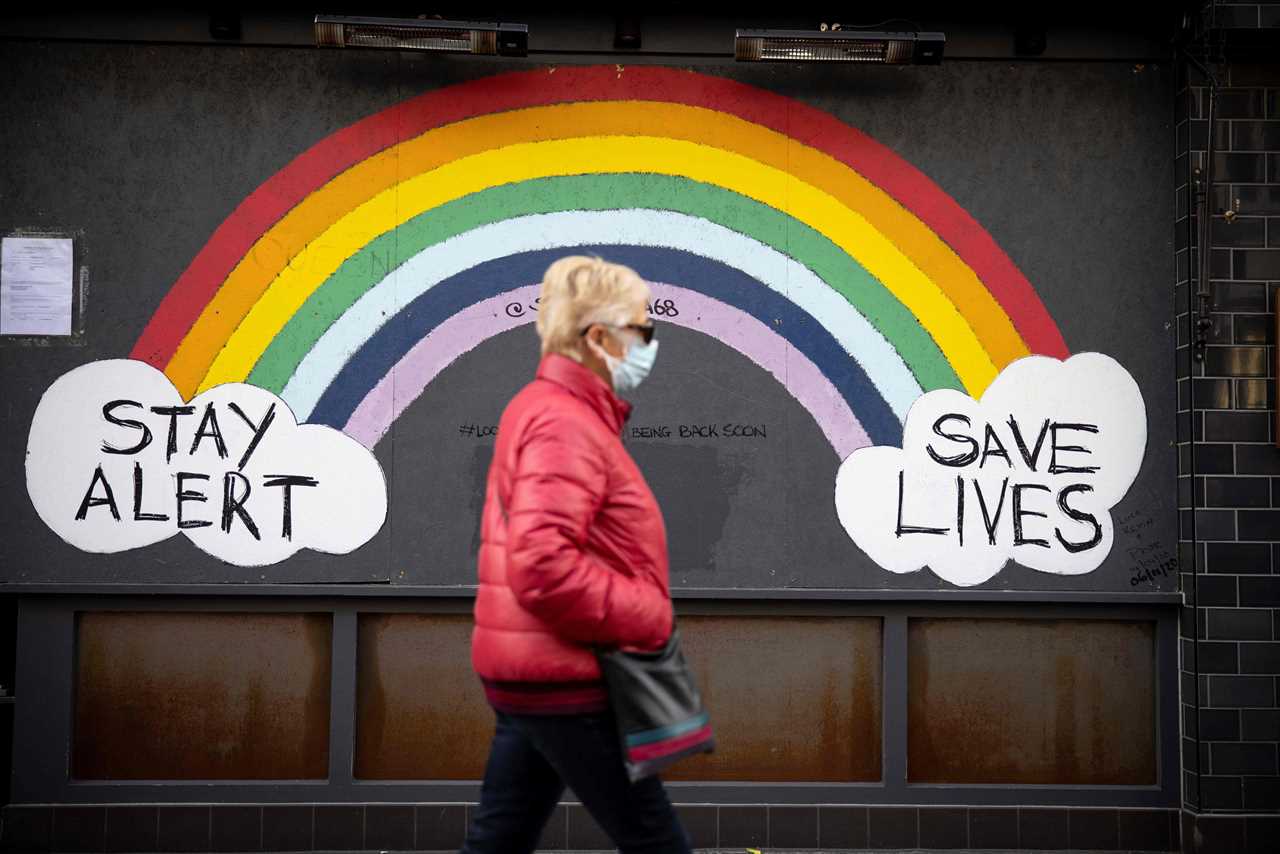
When will the tier system be reviewed?
The tier system will come into force on Wednesday, December 2 and will first be reviewed on December 16, 2020.
The first review will consider the views of local directors of public health, with a final decision on whether any areas should change tiers made at a Cabinet committee.
Areas that will move tiers after this review will see the changes come into effect on December 19.
Tiers across England will then be reviewed every two weeks.
After the fourth review on January 27, the tier regulations will be brought to Parliament again.
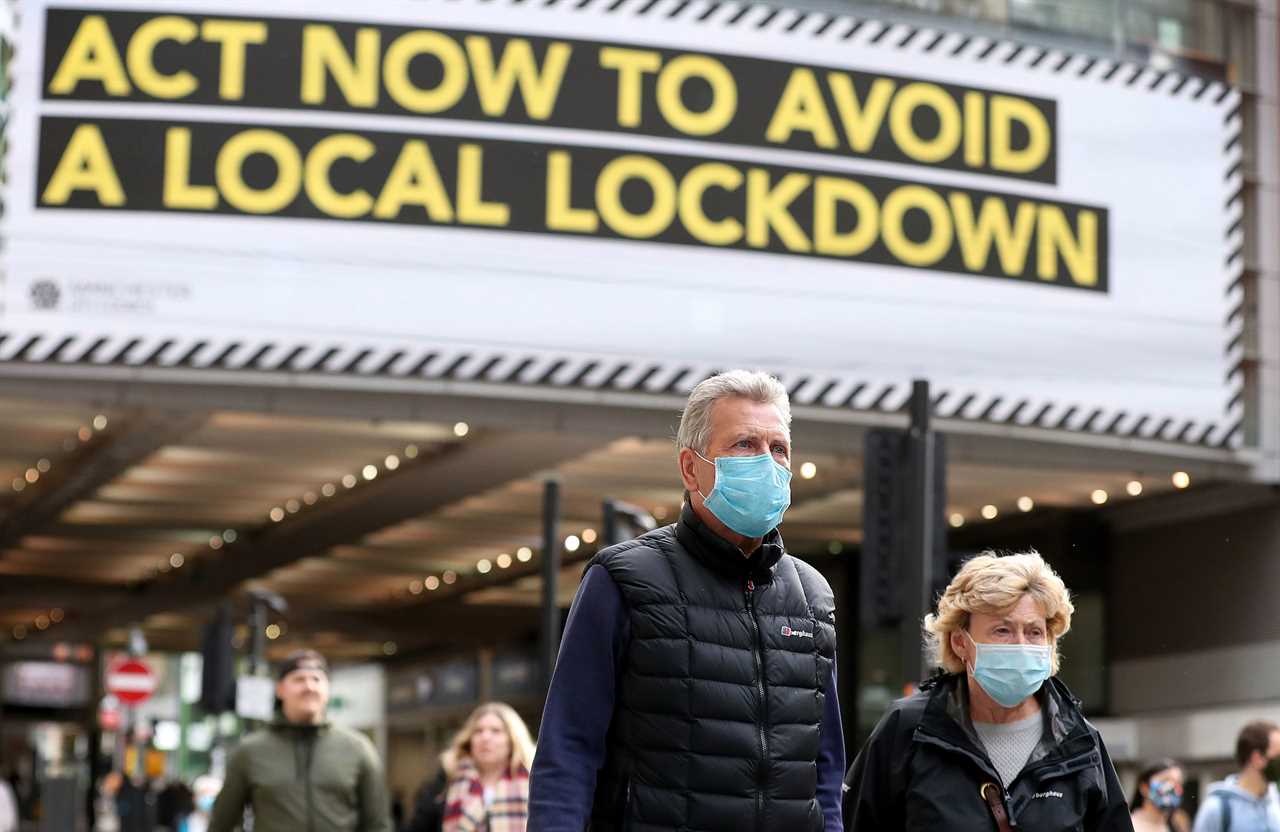
While 99% of England have been placed in Tiers 2 and 3 from December 2, Prime Minister Boris Johnson has assured MPs that it will be possible for areas to climb down the tier system if infection rates reduce.
The government has said it will use five different measures to decide which tiers are applied in an area, including case detection rates in all age groups, the rate at which infections are rising or falling, and the predicted strain on the NHS.
But the potential roll out of effective vaccines could mean an end to the tier system early next year.
Foreign secretary Dominic Raab today said the Tier system could realistically be phased out by February 3 if the most vulnerable are able to be protected through vaccines.
Speaking on Sky’s Sophy Ridge On Sunday this morning, Mr Raab said it was hoped that the vaccine would enable the UK to move into a new phase by February next year.
He said: “We think by the Spring, we don’t know, but we think will be able to move to a whole different world because the vaccine will have distributed to key workers and the most vulnerable by age.”
The date of February 3 comes after Boris faces a growing backlash from his own MPs after Trending In The News revealed that Easter Monday had originally been pencilled in for lifting the tiers system.
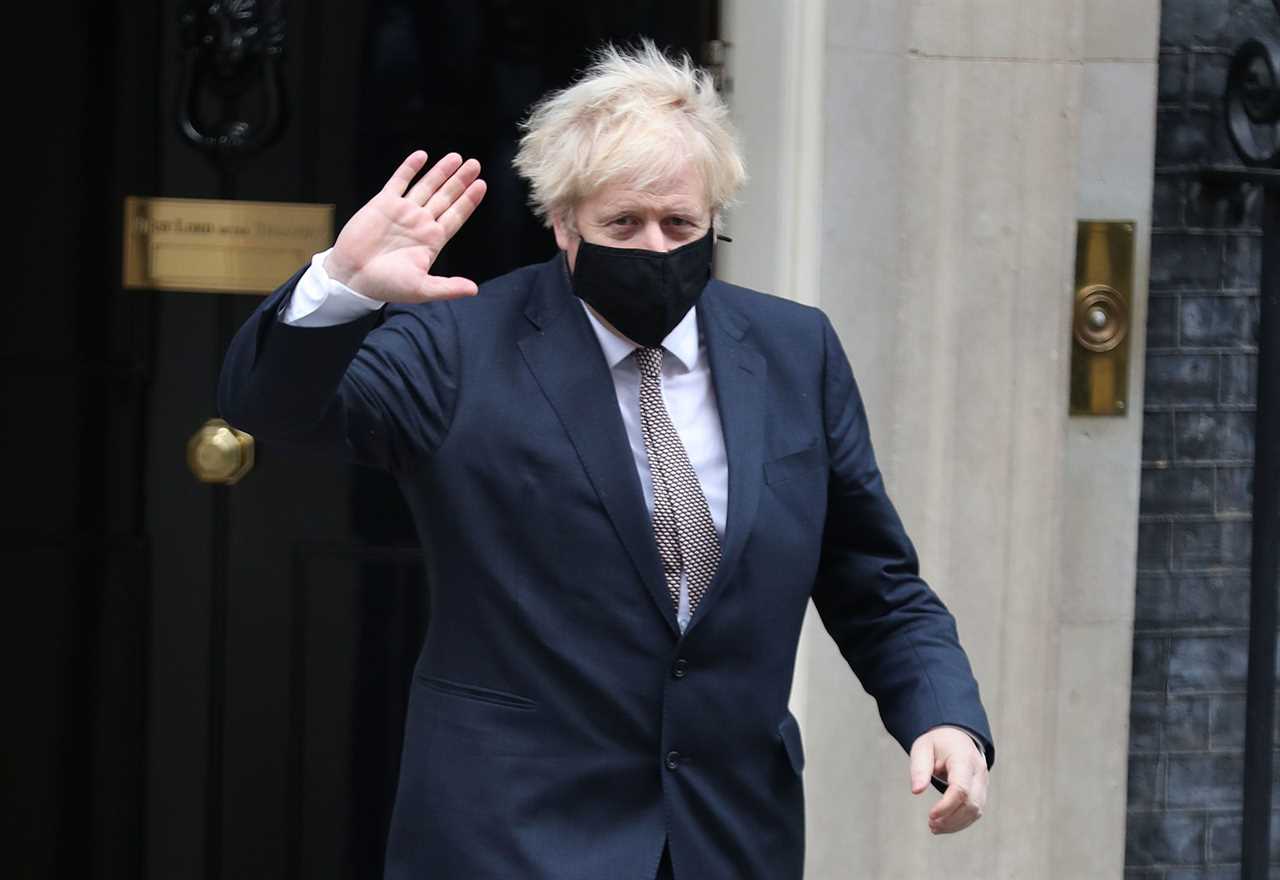
What tier am I in?
London and Liverpool will go into Tier 2 on December 3 and Manchester, Birmingham and Newcastle into Tier 3.
There are 31 areas in the highest level, 38 in the middle Tier 2, and just three parts of England will be under the lowest level of restrictions.
Areas in East and West Midlands, North East, North West, South East, South West and Yorkshire and The Humber have all been placed in Tier 3 as they have the highest rates of infection in the country, PHE data shows.
London will return to Tier 2 after lockdown ends, with the current case rate set at 193 cases per 100,000.
More than 99 per cent of the country will be in the top two tiers – and just the Isle of Wight, Cornwall and the Isles of Scilly in the lowest Tier 1.
What are the rules for each tier?
Across all three tiers, non-essential shops will reopen and gyms, pools and leisure centres can also reopen their doors.
The rule of six will also apply in all tiers in outdoor public spaces such as parks and beaches, but only Tier 1 will be allowed to meet members from another household indoors.
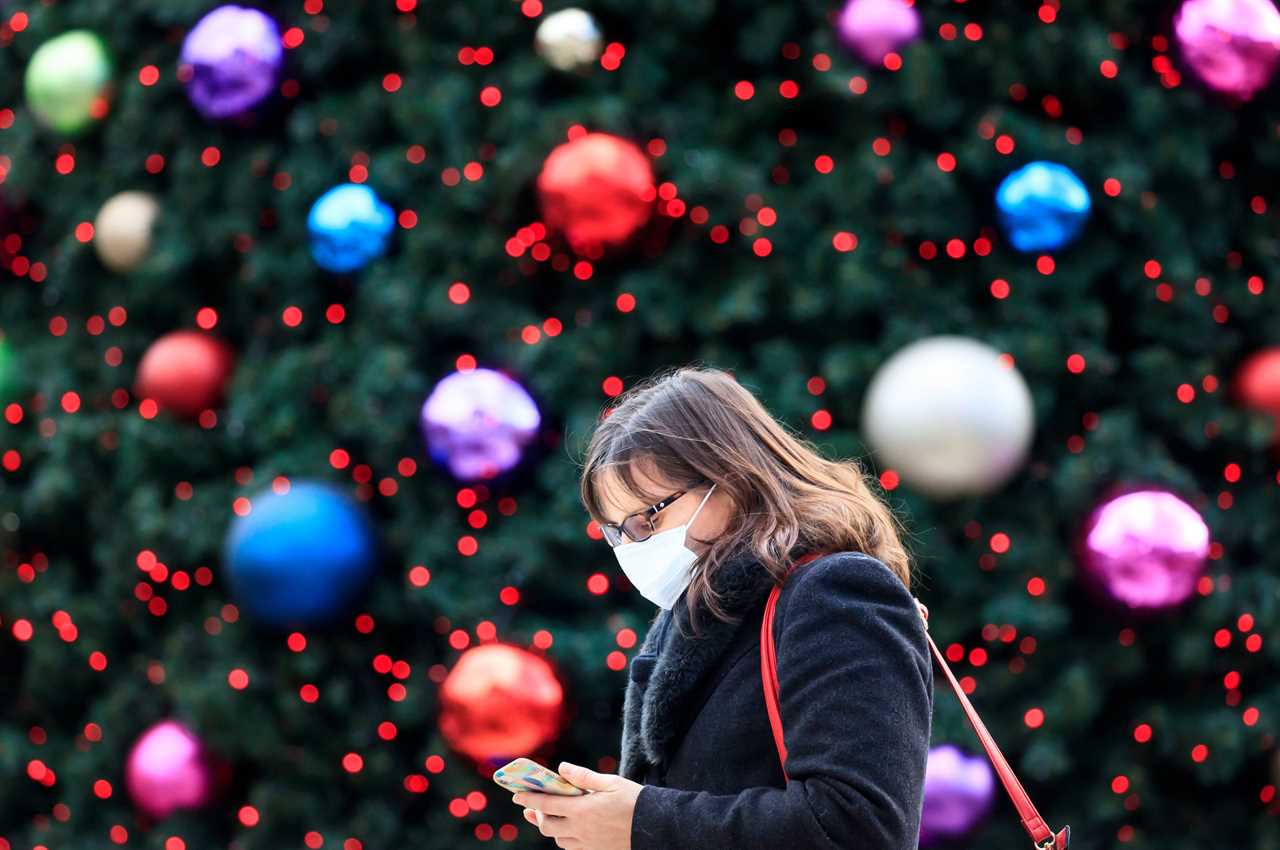
Tier 1 Rules
Only the Isles of Scilly, the Isle of Wight and Cornwall have been placed in the lowest tier from December 2.
Tier 1 allows the most freedom, including meeting other households inside for up to six people and attending public sporting events.
In Tier 1, you can:
- Mix households in groups of up to six both indoors and outdoors
- Visit pubs and restaurants indoors – although you must place their last orders at 10pm
- Open non-essential shops
- Open hair, beauty and nail salons
- Visit gyms, pools, and leisure facilities
- Visit public buildings such as libraries
- After 10pm hospitality businesses can sell food and drink via delivery service, click-and-collect or drive-through
- Visit casinos, cinemas, theatres, museums, bowling alleys, amusement arcades, funfairs, theme parks, adventure parks and activities, and bingo halls – but they must shut at 11pm
- Have a wedding with up to 15 people – with 15 allowed at the reception
- Hold a funeral with up to 30 people – with 15 people allowed to attend the wake
- Places of worship can stay open
- Organised outdoor sport, and physical activity and exercise classes can continue
- You can travel through a Tier 3 area as a part of a longer journey
- Public attendance at outdoor and indoor events (performances and shows) is allowed, limited to whichever is lower: 50% capacity, or either 4,000 people outdoors or 1,000 people indoors
- Public attendance at spectator sport and business events can resume inside and outside, limited to whichever is lower: 50% capacity, or either 4,000 people outdoors or 1,000 people indoors
In Tier 1, you can’t:
- Meet up with more than six people indoors or outdoors
- Travel to or have overnight stays in Tier 3 areas other than where necessary, such as for work, education or to receive medical treatment
- You should still work from home if possible
- You should still wear a face covering
Tier 2 Rules
London and Liverpool have both been placed in Tier 2, which is classed as “high” risk.
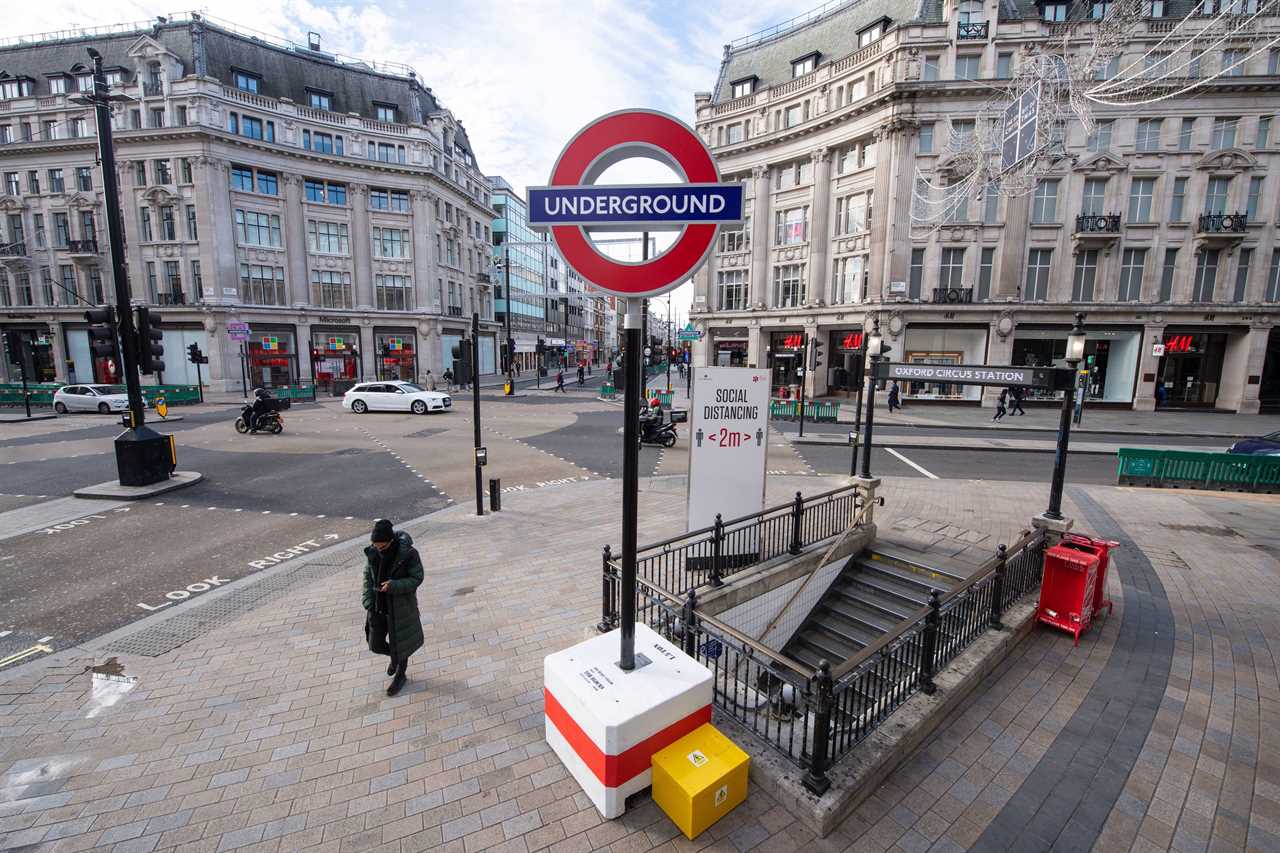
In Tier 2, you can:
- Open non-essential shops
- Meet others in public outdoor spaces in groups of six
- Form a support bubble
- Travel to work if you can’t work from home
- Open hair, beauty and nail salons
- Visit gyms, pools, and leisure facilities
- Visit public buildings such as libraries
- Have a “substantial meal” at a pub or restaurant
- After 10pm hospitality businesses can sell food and drink via delivery service, click-and-collect or drive-through
- Visit casinos, cinemas, theatres, museums, bowling alleys, amusement arcades, funfairs, theme parks, adventure parks and activities, and bingo halls – but they must shut at 11pm
- Have a wedding with up to 15 people – but no reception is allowed
- Hold a funeral with up to 30 people, with 15 people allowed to attend the wake
- Public attendance at outdoor and indoor events, including sports and business events, is allowed – limited to whichever is lower: 50 per cent capacity, or either 2,000 people outdoors or 1,000 people indoors
- Places of worship can stay open but you must not socialise with people from outside your household or support bubble while indoors
- Organised outdoor sport, and physical activity and exercise classes can continue
- You can travel through a Tier 3 area as a part of a longer journey
In Tier 2, you can’t:
- Socialise with anyone you do not live with or who is not in your support bubble in any indoor setting, whether at home or in a public place
- People are banned from socialising in a group of more than six people outside, including in a garden or a public space – this is called the ‘rule of six’
- Pubs and bars must close, unless operating as restaurants.
- Hospitality venues can only serve alcohol with substantial meals
- Pubs and bars must provide table service only, close between 11pm and 5am and stop taking orders after 10pm
- Nightclubs remain closed
- You should not travel to or stay overnight in a Tier 3 area
- You should still wear a face covering
- You must work from home where possible
Tier 3 Rules
Tier 3 is the toughest set of restrictions and will aim to curb infections in areas with “very high” rates.
Manchester will be placed in this tier from December 2 along with Kent, Newcastle, Lancashire and other counties.
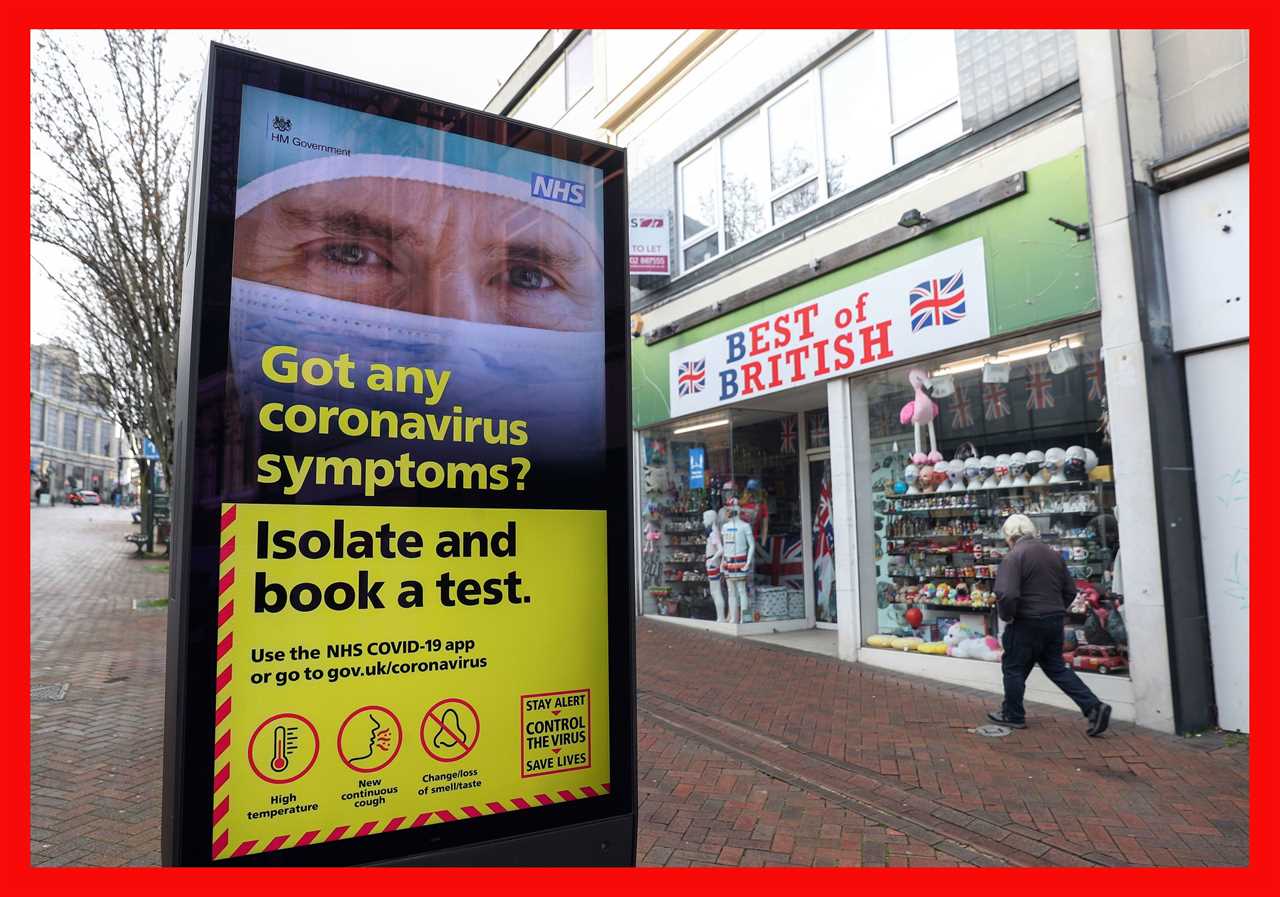
In Tier 3, you can:
- Open non-essential shops
- Meet others in public outdoor spaces in groups of six
- Form a support bubble
- Travel to work if you can’t work from home
- Open hair, beauty and nail salons
- Visit gyms, pools, and leisure facilities
- Visit public buildings such as libraries
- Have a wedding with up to 15 people – but no reception is allowed
- Hold a funeral with up to 30 people – with 15 people allowed to attend the wake
In Tier 3, you can’t:
- Meet socially indoors or in private outdoor places with anybody you do not live with, or who is not in your support bubble
- You should maintain social distancing from anyone not in your household or support bubble
- People can’t stay overnight somewhere outside of their local area unless needed for work, education or similar
- Accommodation will be closed in these areas except for specific reasons
- Pubs, cafes and restaurants must close except for takeaway, click-and-collect, drive-through or delivery services.
- You must work from home where possible
- People are advised against travelling out of their area
- You should still wear a face covering






